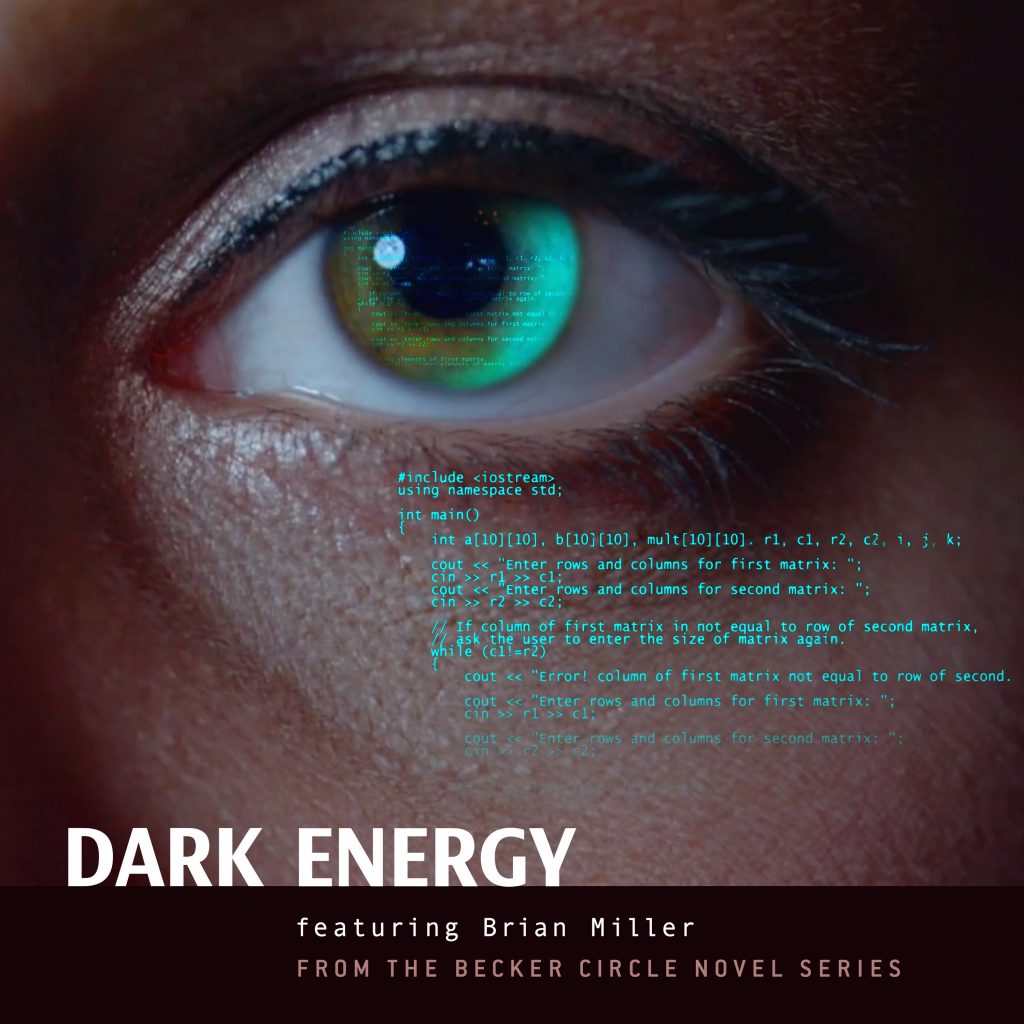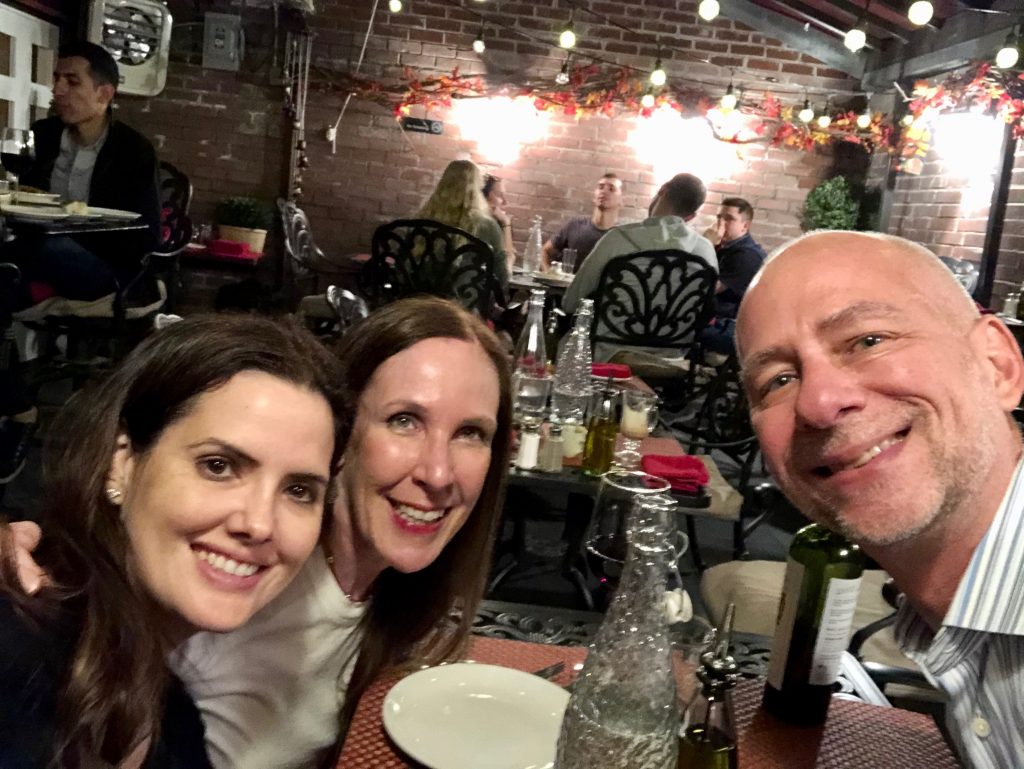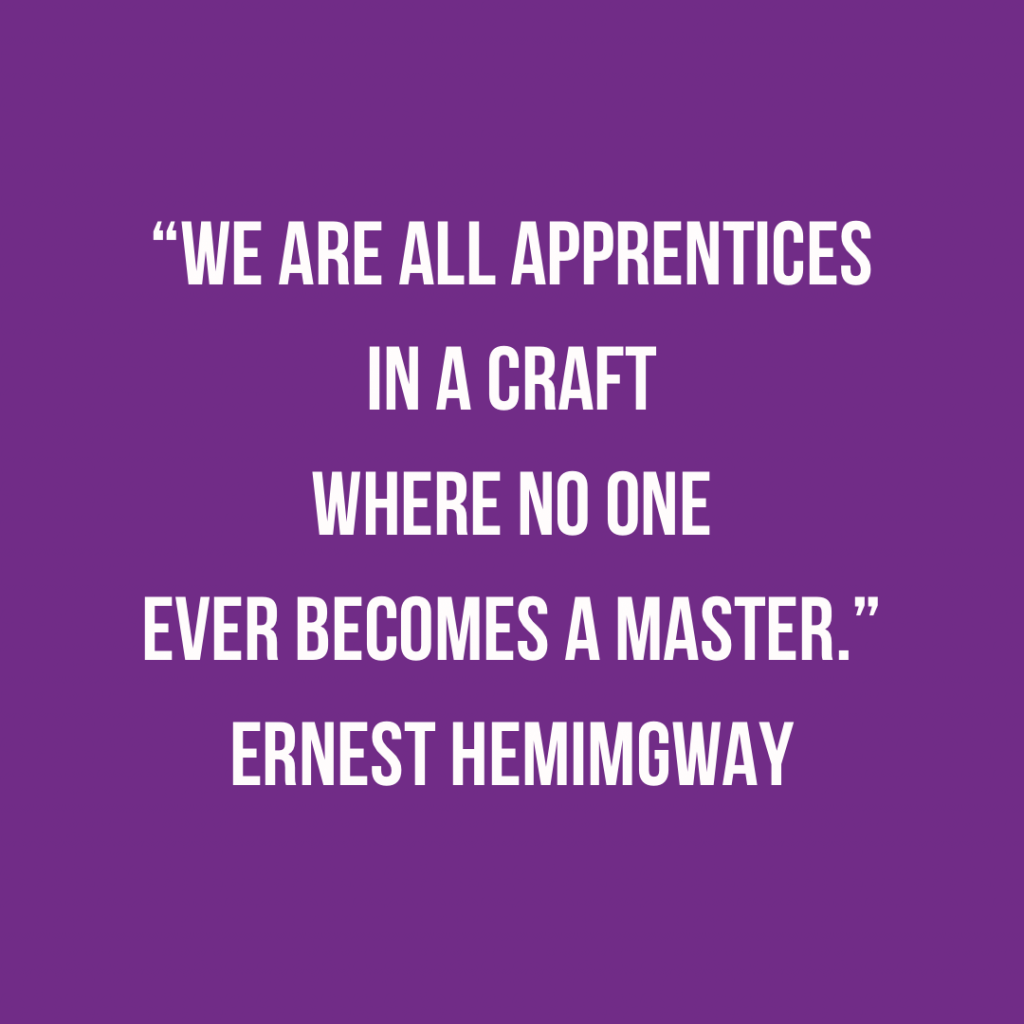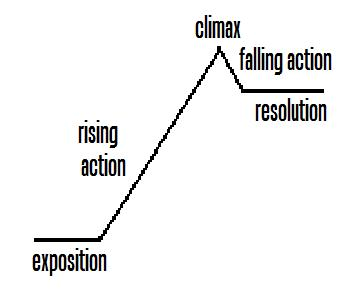Curious how a song came out of two novels? Here’s how it happened.

Becker Circle and its sequel, Dark Energy: Return to Becker Circle take place in the bar scene around live music. Jon, the adorable guy in one of the bands falls for Gillian, the heroine, who inspires him to write a song called Dark Energy during the Becker Circle story. As Jon told Gillian, “I wrote it about someone who had a streak of bad luck and how they changed it with good karma.” It hit me while writing the sequel. The song had to exist.
The lyrics. The song needed to reflect Jon’s deep-thinking character and his band’s rock sound. My music studies while growing up gave me a foundation, so I studied the structure of several favorite rock tunes to write the lyrics. I considered how many words are in a line, how many lines in a verse and the chorus, and decided to include a bridge. The chorus below represents the strength that helps people push past hardships that hit even the best people like Gillian.
Find someone else to conquer
What does it mean this dark energy
Dark energy won’t control my fate
Why do I deserve dark energy

The music. A Foo Fighters sound is what I heard in my head for this song. I’m lucky enough to know many talented Dallas musicians, including Brian Miller who agreed to write the music. After trying many times to get together in Dallas, we figured out we would be in New York City at the same time. Brian met my friend and me for dinner at the perfect Manhattan spot to inspire music, Joanne Trattoria, an Italian restaurant on the Upper West Side owned by Lady Gaga’s parents. We talked about how the song fit into the story, and I handed him a piece of paper with the lyrics. We walked back to our hotels on the cool, crisp, clear October 2019 evening, past the Metropolitan Opera House, Lincoln Center, Central Park, and Carnegie Hall before parting ways. By the end of the night, Brian had a tune in his head. Since he didn’t have a guitar with him, he hummed it into his phone.

The recording. Then Covid hit. It felt like the song’s message came true. The vast, empty space in the cosmos called dark energy was trying to disrupt. We had to find our dark matter to draw everyone together and finish the song. When the Covid threat lessened, Brian connected with fellow musician, composer, and producer, Bobby Hoke, to record the music—guitar, bass, keyboards, and drums—in Bobby’s studio. It took a few sessions to get it right. After Bobby handled mixing and mastering, the song was ready to release. The photo is one of the last sessions.
The final song. Listen for the original Dark Energy version toward the end of the book trailer. Find Dark Energy by Brian Miller and Dark Energy .germans mix by Brian Miller and Bobby Hoke on your favorite music retail and streaming sites including Pandora, YouTube, Apple Music, Amazon Music, and these Spotify links:
Dark Energy
Dark Energy .germans mix
Deep thanks to Brian for writing the music and recording both songs, and to Bobby for his vision for the .germans mix and doing such an amazing job producing. Thank you, John Harrell, for the beautiful song art and Katlyn Steele for modeling. If you are a Foo Fighters fan, you will like Dark Energy.
Find your dark matter and create your dream.




 I recently watched an NFL football playoff game with some friends at a local pub. I enjoyed the game, but the crowd fascinated me more. They reacted to every play. Their faces radiated delight with every chicken wing they consumed. Each touchdown drew passion.
I recently watched an NFL football playoff game with some friends at a local pub. I enjoyed the game, but the crowd fascinated me more. They reacted to every play. Their faces radiated delight with every chicken wing they consumed. Each touchdown drew passion. 



